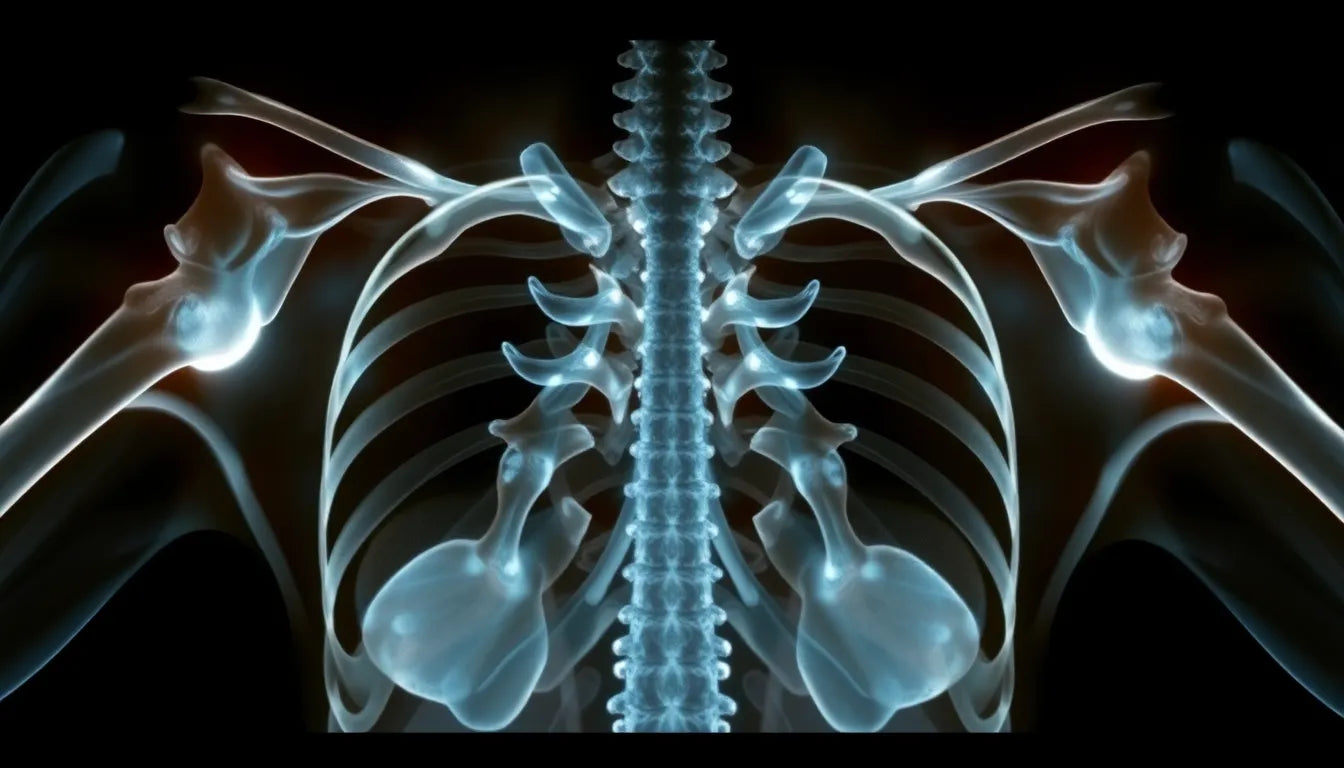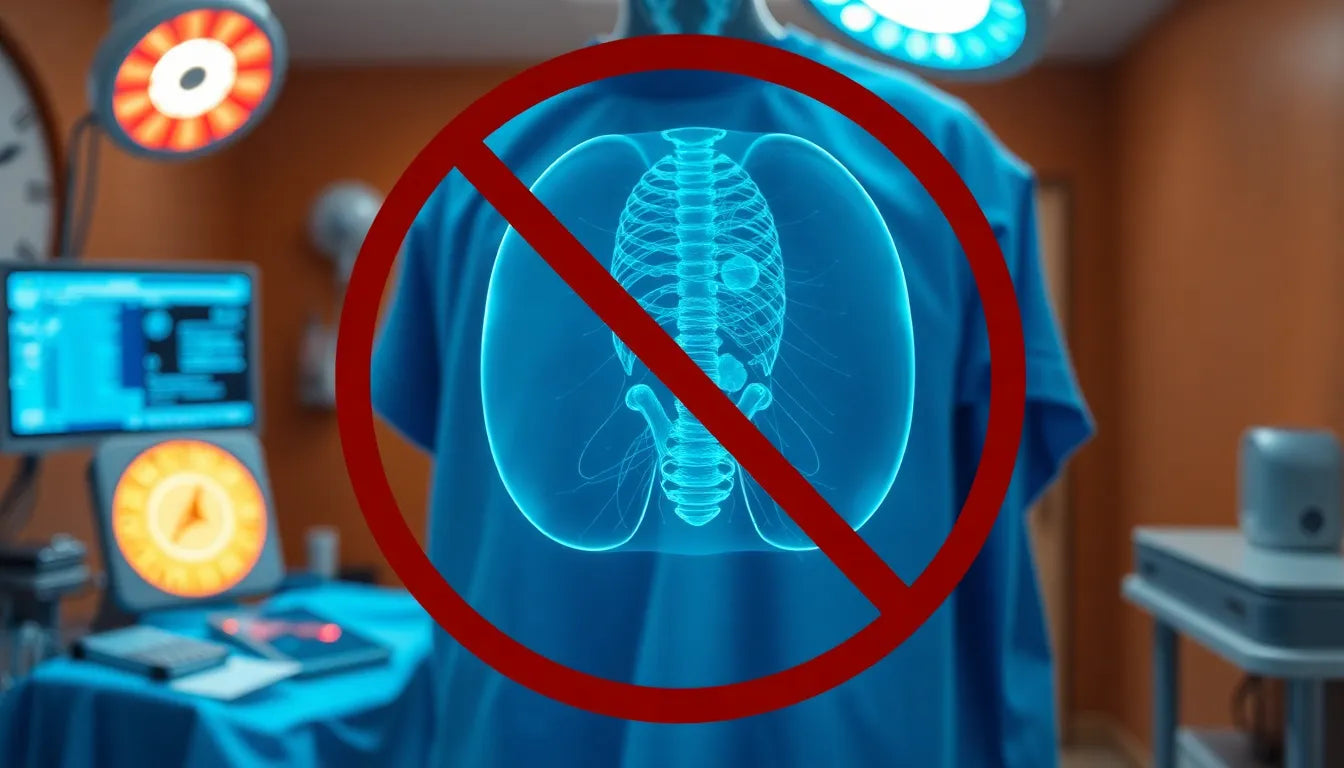For those grappling with a herniated disc, achieving a restful night's sleep can feel like an elusive challenge. The discomfort and pain associated with this condition often interfere with sleep, leading to restless nights and weary mornings. A herniated disc occurs when the soft cushion of tissue between the bones in your spine pushes out. This can cause significant pain and discomfort, particularly in the back, neck, or legs, making it difficult for sufferers to find a comfortable sleeping position.
The importance of quality sleep cannot be overstated, especially for individuals dealing with a herniated disc. Sleep is a critical component of the body's healing process, helping to repair and regenerate tissues. It also plays a vital role in maintaining overall health and well-being. Inadequate sleep can exacerbate pain perception, reduce the effectiveness of the immune system, and negatively impact mood and cognitive function. Therefore, finding ways to improve sleep quality is essential for those suffering from a herniated disc.
Why this post matters
This post aims to empower individuals with practical advice and strategies to alleviate pain and enhance sleep quality despite the challenges posed by a herniated disc. We understand the frustration and exhaustion that come from sleepless nights and the search for a comfortable position. Our goal is to provide actionable insights that can make a tangible difference in your sleep experience.
In the sections that follow, we will explore expert-recommended sleeping positions and tips to help you find relief and enjoy a more restful night. By understanding and implementing these strategies, you can take proactive steps towards better sleep and improved well-being. Whether you're struggling with finding the right sleeping position or seeking advice on supportive bedding, this post will guide you through the essentials of sleeping with a herniated disc.
best sleeping positions for herniated disc relief
When dealing with a herniated disc, finding the right sleeping position can significantly impact your comfort and pain levels. Experts from Florida Surgery Consultants and OrthoBethesda recommend several positions that can help maintain spinal alignment and reduce pressure on the affected area.
back sleeping with a pillow under knees
One of the most recommended positions is sleeping on your back with a pillow placed under your knees. This position helps maintain the natural curve of the spine and reduces stress on the herniated disc by evenly distributing your weight. The pillow under your knees acts as a support, ensuring that your lower back remains in a neutral position, which can alleviate pain and promote better sleep.
side sleeping with a pillow between knees
Side sleeping, with a pillow between your knees, is another effective position for those with a herniated disc. This arrangement helps keep the spine aligned and reduces tension in the lower back. By placing a pillow between your knees, you prevent the top leg from pulling your spine out of alignment, which can exacerbate pain. This position is particularly beneficial for individuals who find back sleeping uncomfortable.
fetal position for spinal relief
Curling up in a fetal position can also provide relief for those suffering from a herniated disc. This position opens up the space between the vertebrae, which can ease the pressure on the herniated disc. To maximize comfort, try to keep your knees drawn up towards your chest and consider using a body pillow to support your upper body.
positions to avoid with a herniated disc
While certain positions can offer relief, others may worsen your symptoms. Stomach sleeping is generally discouraged for individuals with a herniated disc. This position can cause the spine to arch unnaturally, leading to increased pain and discomfort. The misalignment of the spine in this position can put additional pressure on the herniated disc, exacerbating the condition.
additional tips for comfort and support
Beyond choosing the right sleeping position, there are additional strategies to enhance your comfort. Using pillows strategically can help maintain proper spinal alignment. For instance, placing a small pillow or rolled towel under the small of your back can provide additional support. Reclining the back slightly, either by using an adjustable bed or a reclining chair, can also reduce pressure on the spine and offer relief.
importance of mattress and pillows
The role of a supportive mattress and the right pillows cannot be overstated when it comes to managing herniated disc pain. A medium-firm mattress is often recommended as it provides the right balance of support and comfort. Additionally, choosing pillows that support the natural curvature of your neck and spine can enhance your sleep quality. OrthoBethesda emphasizes the importance of these elements in creating a conducive sleep environment for those with a herniated disc.
Expert insights and personal experiences
Understanding how to sleep comfortably with a herniated disc often involves learning from those who have navigated similar challenges. Dr. Emily Johnson, an orthopedic specialist, emphasizes the importance of personalized approaches. "Every individual's pain threshold and comfort levels differ," she notes. "Finding the right sleeping position is about experimenting with what feels best for your body." Her advice underscores the need for flexibility and patience as you explore different options.
Many individuals have shared their journeys to finding relief. Take, for example, Sarah, a 45-year-old teacher who struggled with herniated disc pain for years. After trying various positions, she found that sleeping on her side with a pillow between her knees significantly reduced her discomfort. "It was a game-changer for me," Sarah shares. "I finally started waking up without that nagging pain." Such personal anecdotes highlight the potential benefits of recommended sleeping positions.
Visual aids for better understanding
To further assist in finding the right sleeping position, consider using visual aids such as diagrams or images. Illustrations can demonstrate the proper alignment of the spine and the placement of pillows, offering a clearer understanding of how to achieve comfort. These visuals can serve as a practical guide, making it easier to replicate the positions that promote relief and restful sleep.
Quick reference table of tips
For easy access to the recommended strategies, here is a quick reference table summarizing the do’s and don’ts of sleeping with a herniated disc:
| Do's | Don'ts |
|---|---|
| Sleep on your back with a pillow under your knees. | Avoid stomach sleeping as it can misalign the spine. |
| Try side sleeping with a pillow between your knees. | Don't use overly soft mattresses that lack support. |
| Consider the fetal position for spinal relief. | Avoid sleeping without proper pillow support. |
| Use a supportive mattress and ergonomic pillows. | Don't ignore persistent pain; consult a specialist. |
Frequently Asked Questions
What is a herniated disc, and how does it affect sleep?
A herniated disc occurs when the soft tissue between the spinal vertebrae pushes out, causing pain and discomfort. This condition can significantly impact sleep quality due to the pain and difficulty in finding a comfortable position.
Can sleeping positions really make a difference in managing herniated disc pain?
Yes, sleeping positions can significantly influence pain levels and sleep quality. Proper alignment of the spine can alleviate pressure on the herniated disc, leading to reduced pain and improved rest.
Is it necessary to invest in a special mattress for a herniated disc?
While not always necessary, a supportive mattress can be beneficial. A medium-firm mattress often provides the right balance of support and comfort, helping to maintain spinal alignment and reduce discomfort.
How can I tell if my sleeping position is worsening my herniated disc symptoms?
Signs that your sleeping position may be worsening symptoms include increased pain or stiffness upon waking. If you notice these signs, it may be time to adjust your position or consult a healthcare professional.
Are there other lifestyle changes that can complement better sleeping habits for herniated disc relief?
Yes, incorporating regular exercise, maintaining proper ergonomics during daily activities, and staying hydrated can support overall spine health and complement improved sleeping habits.
By exploring these strategies and insights, individuals with a herniated disc can find relief and enjoy a more restful night's sleep, ultimately enhancing their overall well-being.


















